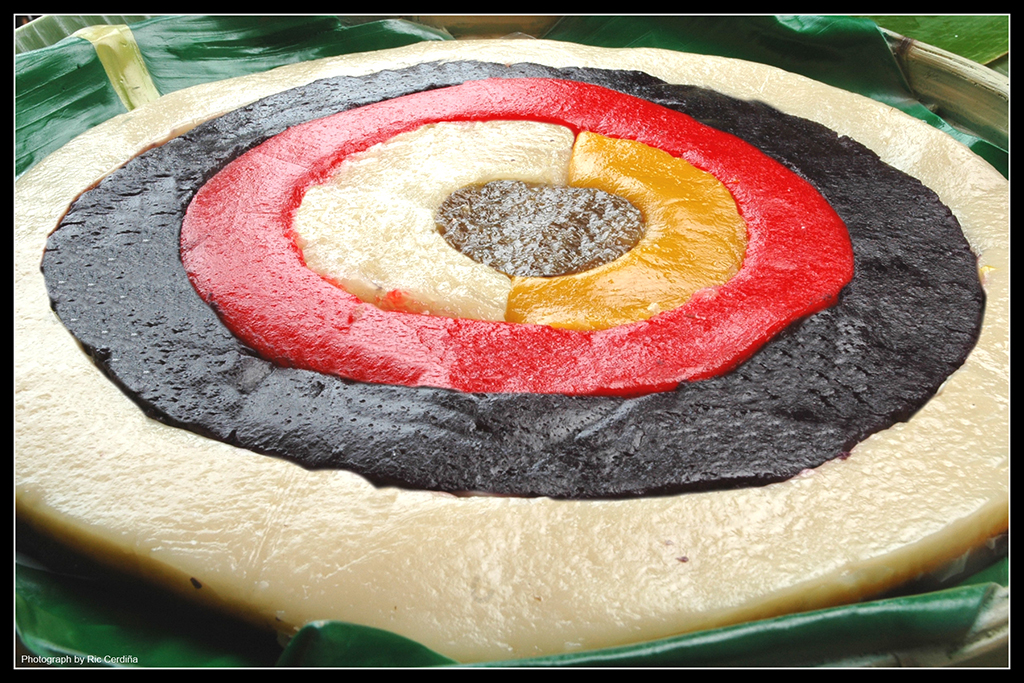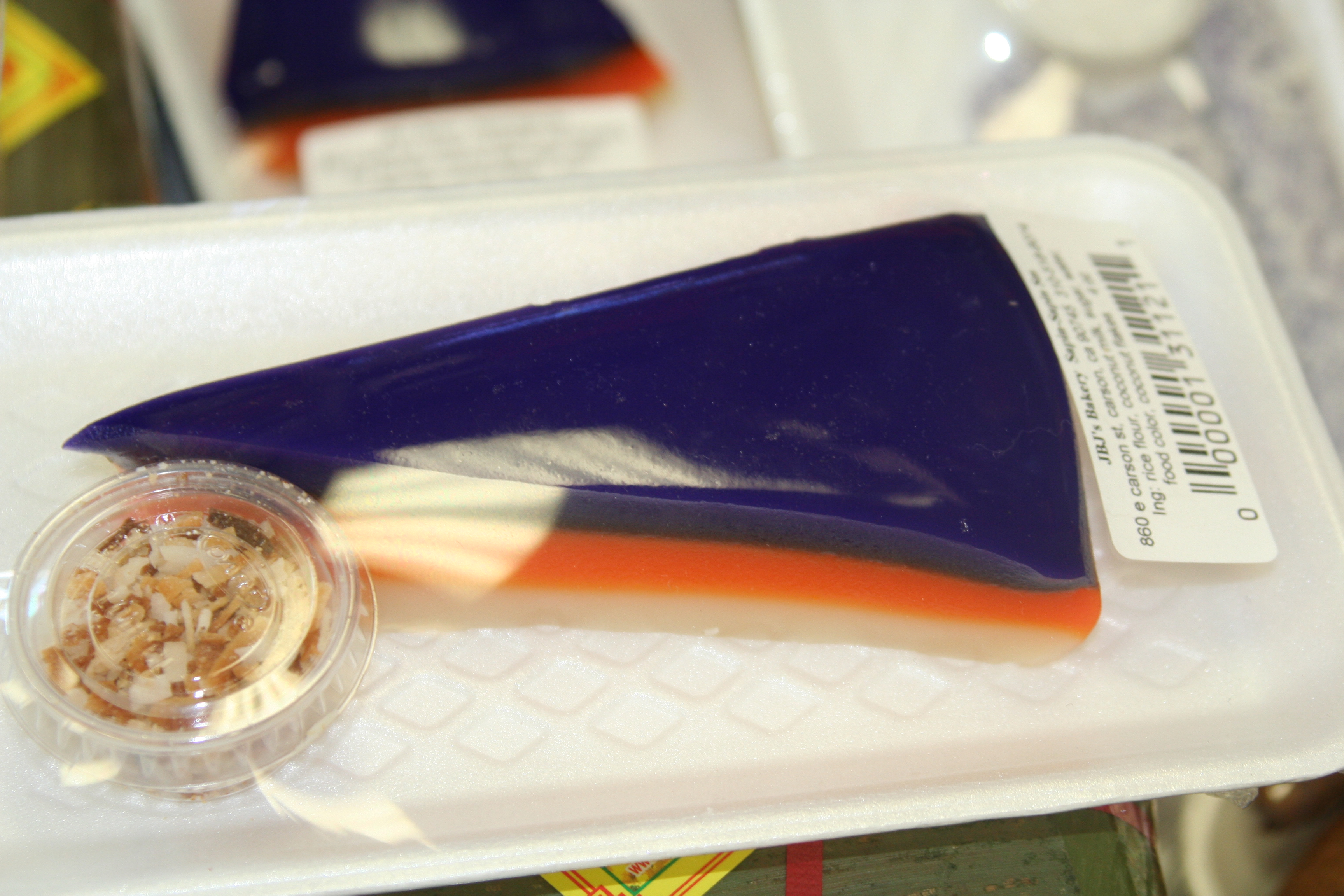
MANILA – With Christmas just 12 days away, families living in the suburbs of Malabon City, which is just 13 kilometers away from Manila, will again enjoy the Yuletide feast with their loved ones and relatives with a “bilao” (circular basket) of “sapin-sapin” or the much-loved dessert made from layered glutinous rice and coconut milk.
“Sapin-sapin” means “layers” and the dessert is recognizable for its layers, each colored separately.
Depending on the economic status of the families concerned, they could either make their own version and buy from “Dolors” or “Dolores”, the two famous food stores in the town dedicated to the manufacture and selling of this delicacy.
Depending on the size of the “bilao”, “sapin-sapin” can be sold as much Php800 and Php200 for the smallest.
Malabon families, especially with loved ones recently returned overseas, buy “sapin-sapin” by the armloads as “balikbayans” claimed that this sweet snack helps them get over their “jetlag”.
“Jetlag” also medically known as desynchronosis, is a physiological condition which results from alterations to the body’s circadian rhythms resulting from rapid long-distance transmeridian (east–west or west–east) travel on a jet aircraft.
It is classified as one of the circadian rhythm sleep disorders.

During the holiday season, some families bring “sapin-sapin” to the tombs of their loved ones as “baon” (snack) and share it with other relatives who happen to drop around.
“Sapin-sapin” is usually eaten with “Pansit Malabon” which can be bought for Php500 at a medium-sized “bilao” at “Nanay’s Pansit” or “dinuguan” (blood stew).
Others prefer to eat it with “pansit canton” or just plain black coffee.